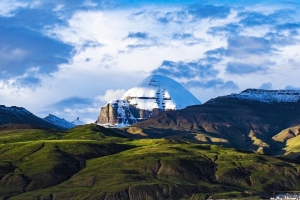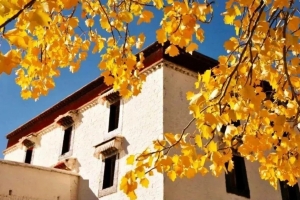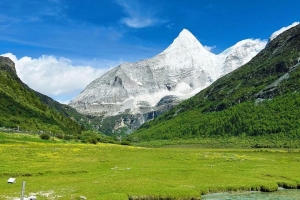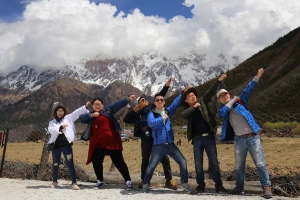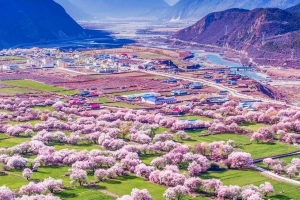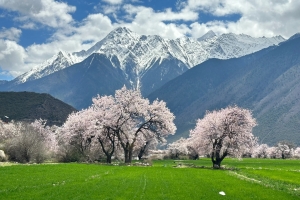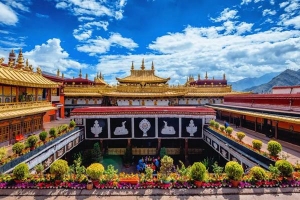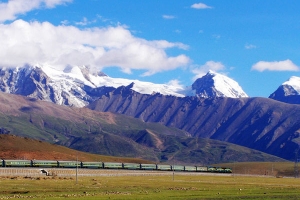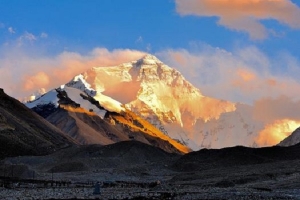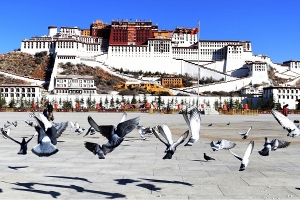If you think the sun sets only once a day, Xinjiang might surprise you. On this vast land, due to its wide geographic span, unique time zone arrangements, and distinctive sunlight patterns, travelers have the chance to witness the fascinating phenomenon of “two sunsets” and experience the intriguing local time difference.
The Marvel of Geography and Time
Xinjiang lies between 73°E and 96°E longitude, spanning approximately 23 degrees, which theoretically covers one to two time zones. However, for national uniformity, China uses Beijing Time (UTC+8) throughout the mainland, while the actual solar time in Xinjiang is about two hours later than the east.
This means that in summer, the sun sets much later than Beijing Time suggests. If you stand on the grasslands of Ili or Tacheng, the sky at 7 p.m. may still be bright, while eastern cities are already in darkness. This unique sunlight pattern often gives travelers the impression that the sun sets twice—once according to official Beijing Time, and once according to what the eyes actually see.
Experiencing the “Two Sunsets”
In western and northern Xinjiang, especially in the Ili River Valley, Tacheng grasslands, and Altay Plateau, travelers can enjoy this delayed sunset phenomenon.
First Sunset: According to Beijing Time, the sun gradually approaches the horizon at dusk. At this time, the sky darkens, and distant mountains and grasslands glow in golden hues.
Second Sunset: In reality, the sun continues to move slowly across the sky, and the actual visual sunset may occur one to two hours later. In the bright summer months, the sky remains luminous, as if the sunset is repeating itself. This “illusion” excites photographers and provides travelers with a unique viewing experience.
Travel Tips:
Summer travelers can plan sunset photography, especially around the Ili River Valley and Sayram Lake, to capture golden reflections on the water.
Grasslands and mountain viewpoints are ideal spots to observe the “two sunsets.” Bring a telephoto lens and tripod to capture the sun’s slow descent.
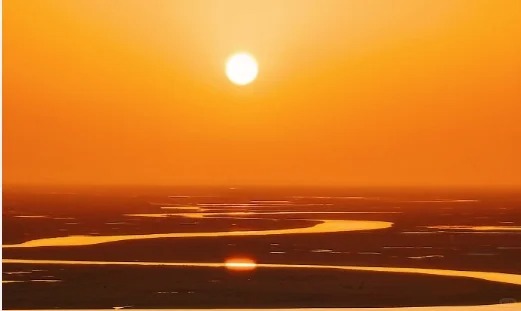
Xinjiang’s “Time Difference”: More Than Geography
Besides delayed sunsets, Xinjiang’s uniform time also creates interesting daily life patterns. Locals often adjust their schedules according to solar time: markets open later in the morning, and dinner and nightlife occur one to two hours later than in eastern cities. For travelers, this “time difference” is both a challenge and a cultural experience:
Breakfast and Lunch: Hotel breakfasts usually start later, and street food stalls become lively around 10 a.m.
Nightlife: After 9 p.m., cities and grasslands remain bustling, with markets and cafés full of activity.
Festivals: Weddings, horse races, and folk performances often take place in the evening, making full use of the long summer daylight.
Therefore, flying from eastern China to Xinjiang is not only a geographic journey but also a “time travel” experience. You may notice that while it’s already night in the east, the sky in Xinjiang remains bright, as if giving the sun an extra slice of freedom.

Best Places to Witness the Phenomenon
To experience the “two sunsets” and Xinjiang’s unique time difference, consider visiting:
- Sayram Lake: Located in the Ili River Valley, its mirror-like water reflects the sunset beautifully.
- Kalajun Grassland: In northern Xinjiang, long summer daylight makes it perfect for watching sunsets and observing local pastoral life.
- Bayinbuluke Grassland: The sunset over Swan Lake offers stunning reflections, ideal for photography.
- Altay Plateau: Morning and evening light changes dramatically; the sun moves slowly along the horizon, perfect for photography or painting.
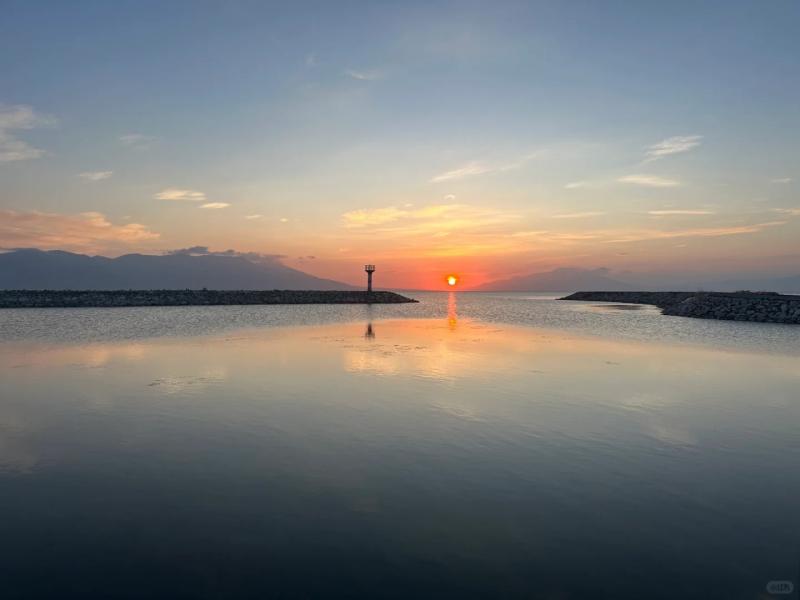
Sunset over Sayram Lake
Travel Tips
- Bring sun protection and windproof gear: UV is strong, especially in highlands and grasslands.
- Plan ahead: Sunset times vary greatly by season—late in summer, early in winter.
- Respect local schedules: Understanding local routines enhances cultural experiences.
- Photography essentials: Telephoto and wide-angle lenses, plus a tripod, are recommended. The golden hour is the 30 minutes before and after sunset.
Xinjiang’s “two sunsets” and unique time difference are both geographic and cultural wonders. Whether standing on the grasslands watching the sun slowly descend or experiencing bright skies well into the evening, travelers can deeply appreciate Xinjiang’s spatial and temporal charm.
When planning your trip to Xinjiang, consider dedicating a day to chasing sunsets. Let light and shadow, time and nature, combine across this vast land to create unforgettable travel memories.

